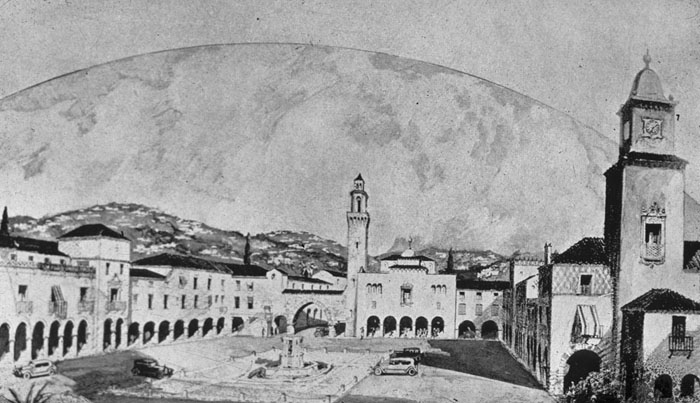
Kirtland Cutter: Architect in the land of Promise
Henry Matthews
University of Washington Press with Eastern Washington State Historical Society, 1998
A McLellan Book
432 pp., 265 illus, notes, bibliog., index
Cloth ISBN 0-295-97609-8. Paper ISBN 0-295-98766-8
In the early years of the 20th Century, Spokane was singled out for praise in the West for the quality of its architecture and the impressive way it had rebuilt after the devastating fire of 1889. Major credit for the city’s distinctive character was extended to Kirtland Kelsey Cutter for his “rare architectural force and genius for design.” His remarkable career stretching from the Gilded Age to the Progressive Era, allows a fascinating study of the evolution of an eclectic form of architecture that was an inevitable response to rich regional and historical influences during a time of transition from frontier settlements to modern city.
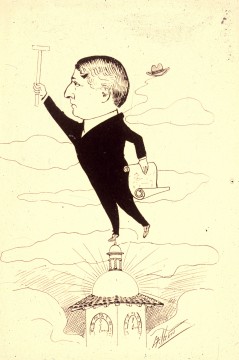
Kirtland Kelsey Cutter Caricature 1904
Cutter’s influence was felt far beyond Spokane – in Seattle, other areas of Washington and in Oregon, Idaho and Montana. He was also responsible for buildings in the East and even one in England. After financial problems ended his career in the Northwest, he began anew at age 63 in Southern California, and worked there until his death in 1939 at age 79.
Henry Matthews presents a comprehensive study of the whole body of Cutter’s work, with ample photographs and illustrations. The book is based on exhaustive research in the Northwest, Ohio, California and Washington DC, revealing the influences on Cutter and his associates, the processes at work in the design and construction of the buildings, and the relations between the architect and the many people who commissioned his work. Particularly useful to Matthews’s research was a collection of 290 sets of drswings, as well as office accounts, letters, and books from Cutter’s library – materials acquired by the Eastern Washington State Historical Society. He was able to interview former assistants and clients, who provided valuable insights on the architect and the way he worked. In addition, many of the architect’s residences, hotels, clubs, and commercial buildings are still standing.
Reviews
JSAH, pdf read more…
Southern California Quarterly, pdf read more…
Winterthir Cutter, pdf read more…
Kirtland Cutter was a major turn of the century architect, important both nationally and regionally. This book reveals how vigorous West Coast Architecture was just before and just after the turn of the century and on into the twenties.
David Gebhard, University of California, Santa Barbara
”A Lucid and original presentation of an important figure, pertinent not only to Spokane but to larger topics of Western urban and regional history.”
D. W. Meinig, Syracuse University
Photo gallery
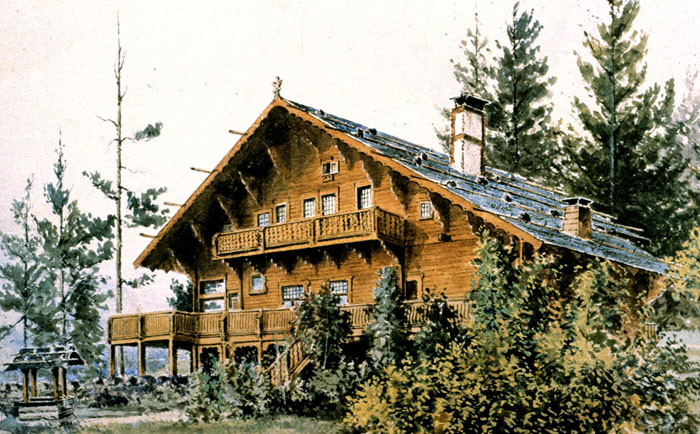
Cutter’s own Chalet, Spokane 1887-9
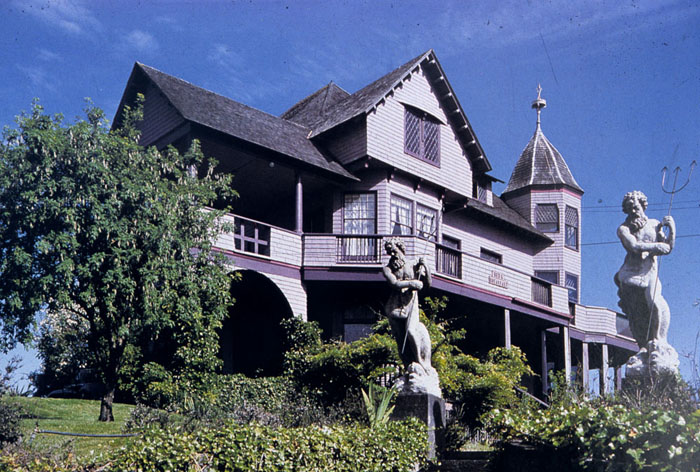
Wardner House, Fairhaven, Washington 1889

Fairmont Cemetery Chapel, Spokane 1890

Idaho Building, World’s Columbian Exposition, Chicago 1893

Patrick Clark House Spokane, 1897
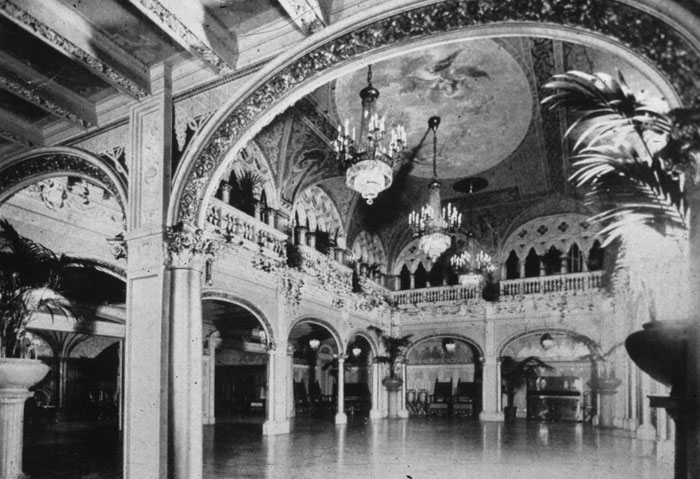
Hall of the Doges, Davenport’s Restaurant Spokane 1904
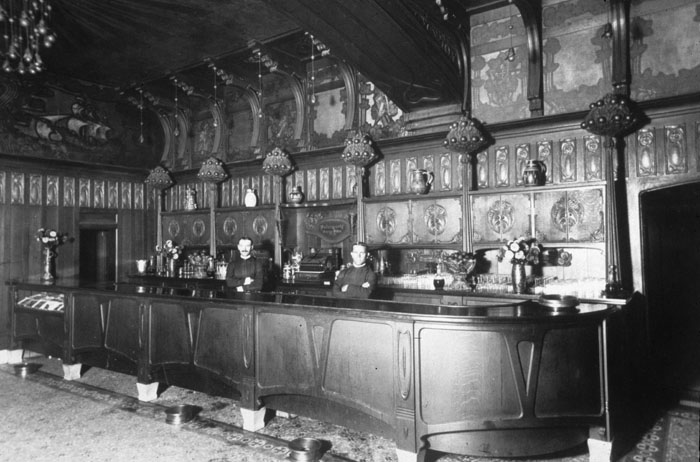
The Orange Bower Bar, Davenport’s Restaurant, Spokane 1904
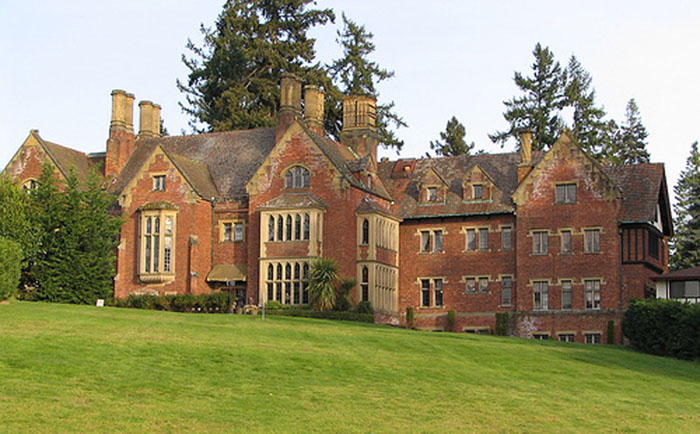
Thornewood, Tacoma, Washington,1909

Lake McDonald Lodge, Glacier National Park, Montana 1913
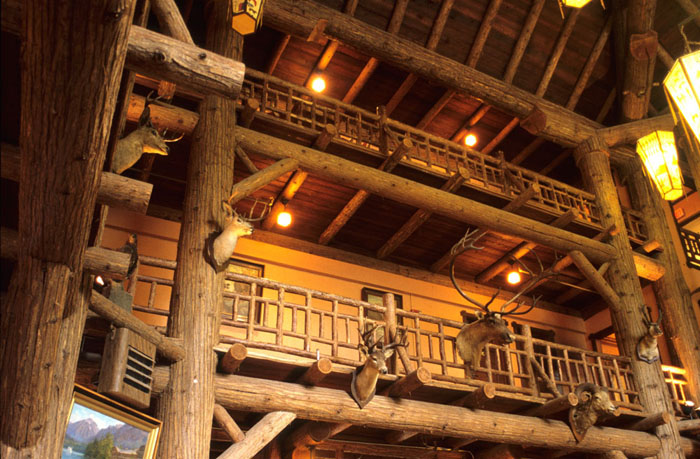
Lake McDonald Lodge, central space 1913

